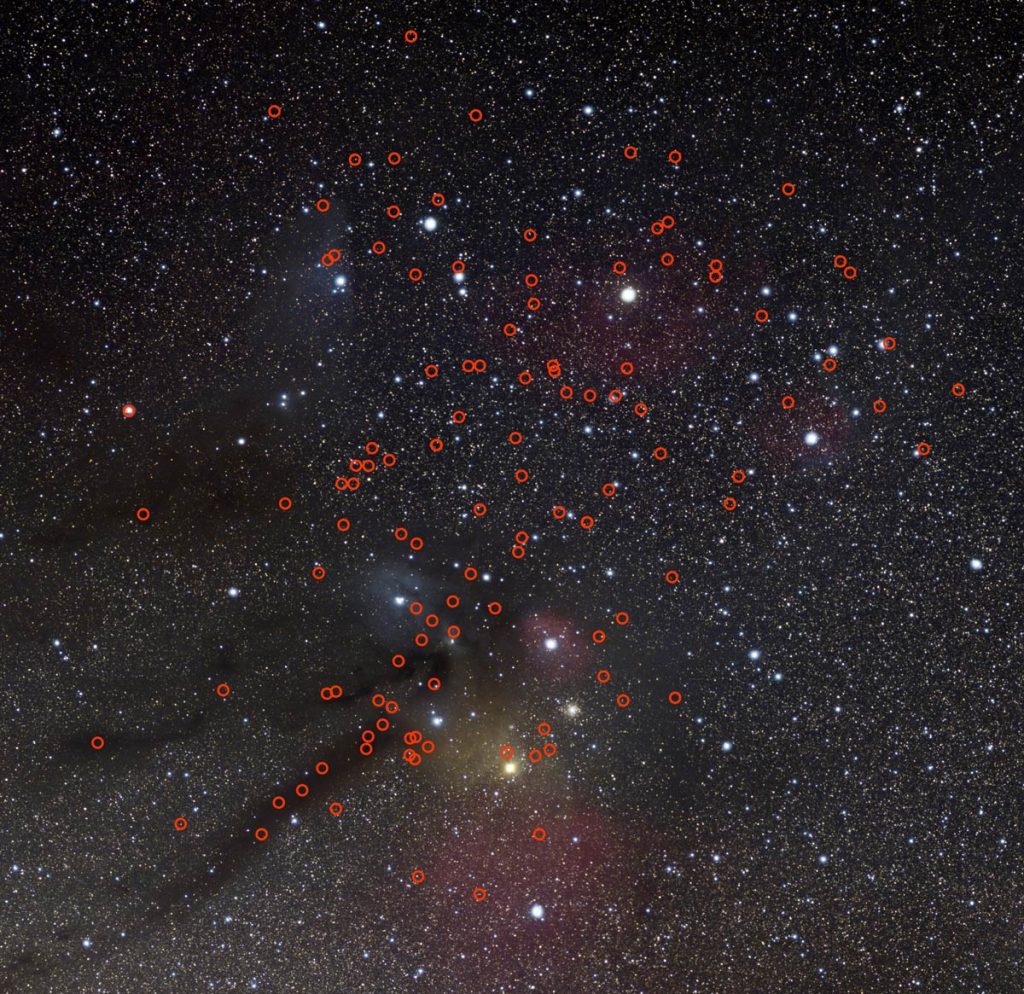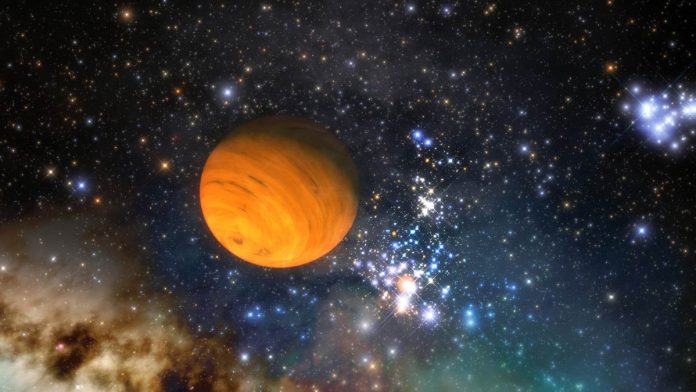Scientists have used observations from several of NSF’s NOIRLab’s observatories and they have also used observations from telescopes around the world and in orbit, they have discovered at least 70 new free-floating planets. These planets wander through space without a parent star. They have found them in a nearby region of the Milky Way. This is the largest sample of such planets found in a single group. It I also double of the number known over the entire sky.
Astronomers have discovered a group of free-floating planets in a nearby region of the Milky Way known as the Upper Scorpius OB stellar association. They have found as many as 170 of these Jupiter-sized planets by examining data from over 20 years of observations. The first free-floating planets were discovered in the 1990s. But the new finding has almost doubled the total number known.
The lead author of this research, Núria Miret-Roig of the Laboratoire d’Astrophysique de Bordeaux, at the University of Bordeaux in France has used observations and archival data from a number of large observatories. Miret-Roig used facilities from NSF’s NOIRLab, telescopes of the European Southern Observatory, the Canada-France-Hawaii Telescope, and the Subaru Telescope. This included 80,000 wide-field images over 20 years of observations.
An astronomer at the Laboratoire d’Astrophysique de Bordeaux and project leader of the research, Hervé Bouy said that the discovery of so many free-floating planets would not have been feasible without access to NOIRLab’s Astro Data Archive and Astro Data Lab Science Platform operated at the Community Science and Data Center.
The data included 247 images from the NEWFIRM extremely wide-field infrared imager at Kitt Peak National Observatory in Arizona. 1348 images from the same NEWFIRM instrument after it was relocated to the Cerro Tololo Inter-American Observatory in Chile. 2214 images from the Infrared Side Port Imager that was previously operating on the Víctor M. Blanco 4-meter Telescope at CTIO. 3744 images from the Dark Energy Camera.
The Dark Energy Camera is one of the highest-performance, wide-field CCD imagers in the world and designed for the Dark Energy Survey funded by the Department of Energy. The Dark Energy Camera was built and tested at DOE’s Fermilab. It was operated by the DOE and National Science Foundation between 2013 and 2019. Now this camera is used for programs covering a huge range of science. The analysis of Dark Energy Survey is supported by the DOE and the NSF.

The free-floating planets are situated in the Upper Scorpius OB association. This is 420 light-years away from Earth. This region has a number of the most famous nebulae like the Rho Ophiuchi cloud, the Pipe Nebula, Barnard 68, and the Coalsack.
Free-floating planets have been discovered via microlensing surveys. In this survey astronomers watch for a brief chance alignment between an exoplanet and a background star. But microlensing events only happen once. This means follow-up observations are impossible.
These new planets have been discovered by using a different method. As these planets lurk far away from any star illuminating them, would normally be impossible to image. But astronomers took advantage of the fact that these planets are still hot enough to glow after million years of their formation. This made them directly detectable by sensitive cameras on large telescopes. Astronomers used 80,000 observations to measure the light of all the members of the association across a wide range of optical and near-infrared wavelengths. Then they have combined them with measurements of how they appear to move across the sky.

